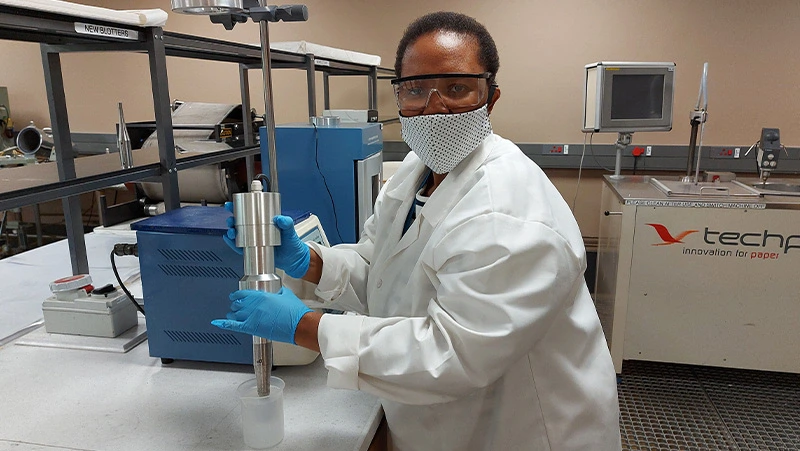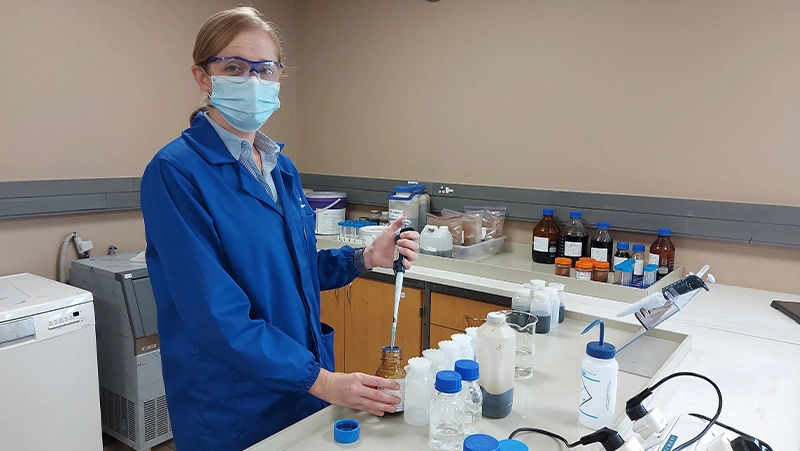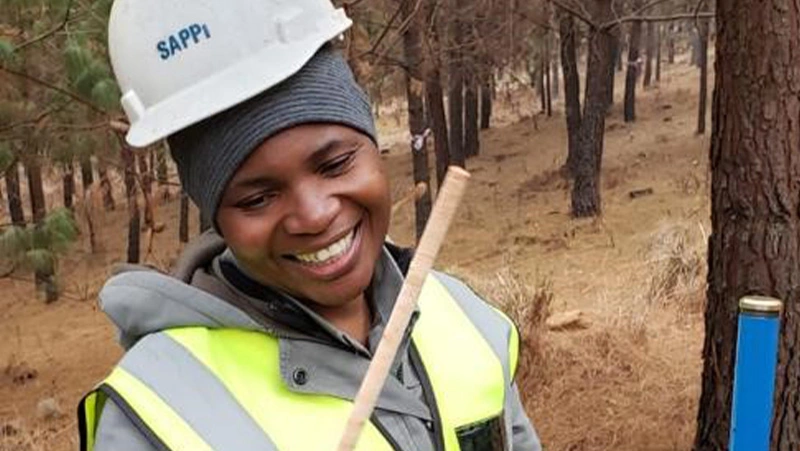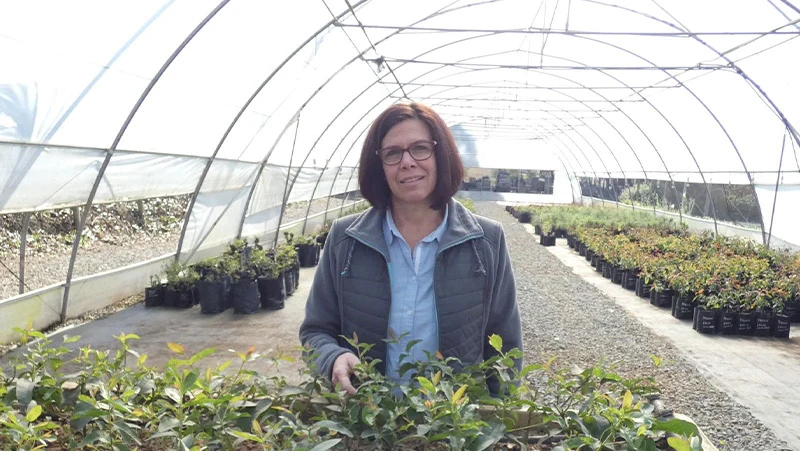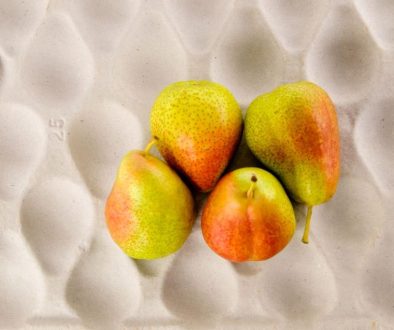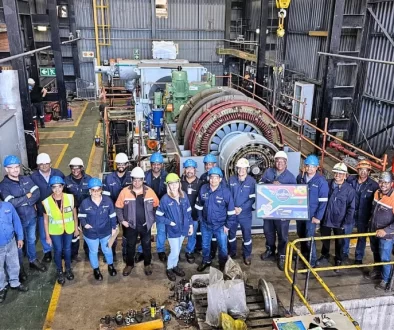Celebrating Women in Science
On Thursday 11 February – a day that is commemorated internationally by the United Nations to celebrate women who hold office in the field of science – we paid tribute to the women at Sappi for the role they play in helping us build a thriving world for all by unlocking the power of trees, using the power of science. But truth be told, we have reason to pay tribute to them every day of the year.
Heading up a formidable team of female scientists at Sappi in its Research and Development department is Dr Tracy Wessels, newly-appointed General Manager: Group Sustainability and Research & Development Dissolving Pulp, a position she has held since 1 January 2021, after heading up the Centre of Excellence for Dissolving Pulp at the Sappi Saiccor Mill for several years.
When you talk about ‘unlocking the power of trees’, there are few people who understand the full potential of what trees have to offer better than Tracy, who has dedicated the better part of the last 20 years of her career at Sappi in progressively more senior roles in Research & Development (R&D). In her role providing technical customer services support, she understands the needs of the supplier who services the end user and has a vast understanding for the myriad applications which the dissolving pulp is used for, and the specifications which each customer has for extracting the most value from the woodfibre that we produce.
But of course, there is a whole team of specialist scientists employed by Sappi in its Technical Excellence Centre at its Saiccor Mill, its Technical Research & Development facility at its Technology Centre in Pretoria (Tshwane), and its Forestry Research & Development centre based at the Shaw Research Centre in the KZN Midlands, and all along the manufacturing chain in its array of engineers, environmentalists, papermakers and technicians.
With only around 30% of all female students world-wide selecting STEM-related fields in higher education, with particularly low enrolment in natural science, mathematics and statistics (5%) and in engineering and manufacturing (8%), it is with pride that Sappi can report on its impressive female workforce who fill these roles, in what has often been classified as a male-dominated environment
Dr Bev Sukhdeo, General Manager at the Sappi Saiccor Mill, who, besides her qualification in Chemical Engineering also boasts a Ph.D in Business Administration, proves the adage that women can also lead from the front as she heads up Sappi’s biggest mill, which currently produces 780,000 tons of dissolving pulp per annum. Add to the mix Dr Nicky Jones, Programme Leader Tree Biotechnology, Dr Jolanda Roux, Programme Leader Pest and Diseases, Dr Sanet Minnaar, Biorefinery Manager at Sappi, Pretoria Technology Centre, Dr Sharmane Naidoo, Principal Research Officer at Shaw Research Centre – it is clear that there is no shortage of Women in Science at Sappi. The list goes on and on. See more here about some of the other women at Sappi who have made their love for science a career choice, or here to see what other women in the forestry industry are doing, in this special feature compiled by Forestry South Africa.
With progress in science, technology and innovation (STI) recognised as being essential in achieving the UN’s Sustainable Development goals by 2030, coupled with the understanding that gender equality is vital to achieve this, Sappi supports the UN’s focus on overcoming gender bias and stereotypes about encouraging girls and women to pursue science-related careers. Sappi has long been at the forefront of promoting science and technology as careers for youths in their communities, through supporting programmes like PROTEC (Programme for Technological Careers) for the last 25 years, with thousands of boys and girls benefiting from the additional focus on STEM subjects and shaping their careers in science and technology.
As Sappi continues to develop new processes and explore technology which extracts more value from each tree to supports our business strategy t of a circular economy, we pay tribute to our Women in Science who help make this possible.

